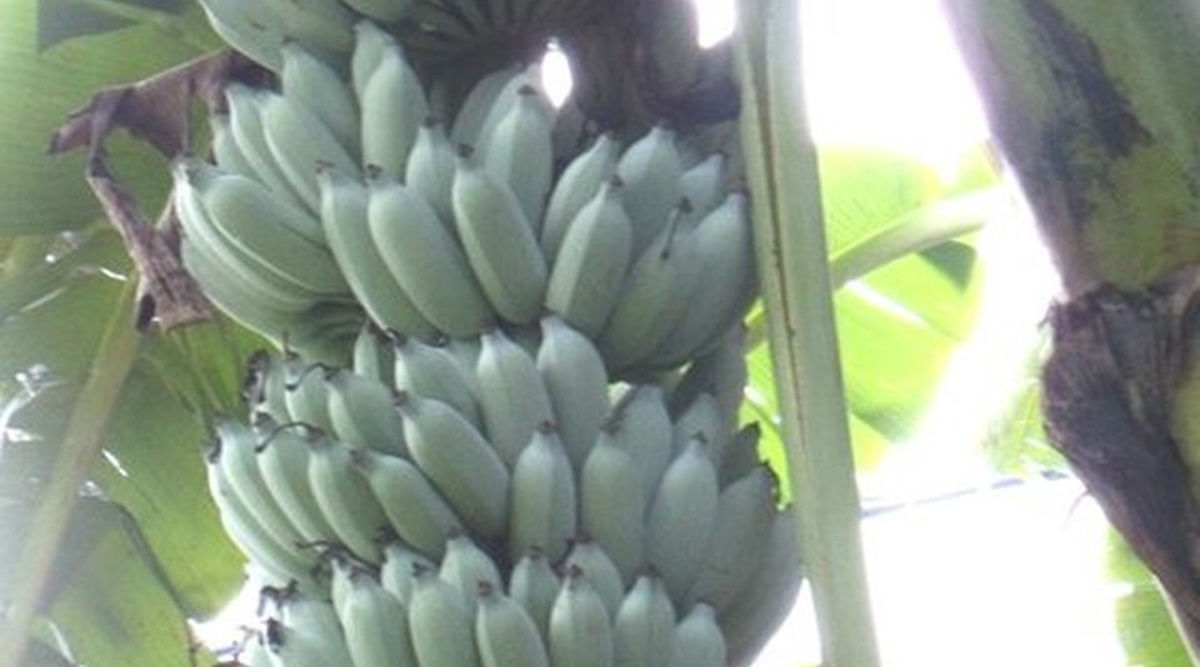

So what do you do when your banana plant flowers? Watch a most fascinating spectacle. Sometimes a plant will start fruiting in fall and then the baby bananas just sit there like statues all winter until it warms up in spring, when they resume maturing. Much flowering and fruit ripening happens spring through fall around here, but that’s only because banana plants in Southern California are very active in the spring through fall. Bananas are a non-seasonal crop.Īnd so also bananas become ready to eat whenever they feel like it. What time of year does a banana plant flower? Whenever it feels like it. Therefore, planting to eating ends up being around two years plus. Then it takes some more - frustratingly slow - months for the bananas to grow fat and ripen on the flower stalk. Most banana plants I’ve seen will send out a flower sometime around two years after planting - depends on the weather, variety, soil and watering. In Southern California, it takes a banana plant longer to fruit compared to the tropics since we have a cool winter in which our banana plants nearly stop growing. How long until a banana plant flowers and fruit ripens If you want more banana plants in another part of your yard, or if your neighbor wants some, you can grab a shovel and chop a small plant out of the mat and give it away or transplant it. The good is that your original banana plant is always multiplying itself. You can do this easily by chopping off the baby banana plants with a shovel as they pop up. The bad is that you may need to control the spread of the banana mat according to the space you have.

What does it matter how bananas grow? You want to know that when you put in a single banana plant, in a few years you will have many banana plants. People usually call the group of banana plants emerging from a common rhizome a “mat,” but some call it a clump, and I sometimes think of it as a family. That rhizome continually sprouts up new banana plants. Banana plants are more like giant stalks of grass that grow out of a bulb-like base called a rhizome. Neither are banana plants trees like, say, orange trees. And in fact, a friend who lives near me in the hot and dry foothills of San Diego County is producing these wonderful bananas:īanana plants aren’t individuals like, say, tomato plants. The bananas in the photo above come from a plant in the San Gabriel Valley of Los Angeles County. Nevertheless, bananas can be grown to decent production even in many parts of the valleys and foothills. (Mere frost won’t kill a banana plant, but it does slow down its fruit production by damaging leaves.) Here I’ve learned to put my bananas near a south-facing wall for the best frost protection.


I’m now in the foothills, Sunset Zone 20, where we get at least a touch of frost every winter. I used to live near the San Diego Zoo where, incidentally, many bananas are also grown. I’ve grown bananas within this ideal band. This is where it’s a suitable combination of humidity and winter warmth. Think of the areas that the marine layer consistently rolls over each summer night. Bananas can be grown well and easily throughout most of Southern California between the mountains and the ocean, specifically Sunset Zones 24 down to 21 (find your Sunset zone here).


 0 kommentar(er)
0 kommentar(er)
